- About us
- Support the Gallery
- Venue hire
- Publications
- Research library
- Organisation chart
- Employment
- Contact us
- Make a booking
- Onsite programs
- Online programs
- School visit information
- Learning resources
- Little Darlings
- Professional learning
Wurati, from the Nuennone/Nueonne/Nununi peoples of the southeast region of Lutruwita (Tasmania), is renowned as a prominent leader. Speaking the many dialects of his peoples, Wurati is remembered as a storyteller and watercraft expert. He held specialised knowledge of building vessels designed for travels across the saltwater Country surrounding the lands of Lunawanna-alonnah (Bruny Island).
Wurati experienced the Black War conflicts from 1824, eventually working with invaders as a strategy for survival. Both Wurati and his wife Trukanini navigated the conflicts between the colonial government and their peoples, while maintaining responsibility and pride in their culture. Wurati, for example, refused to eat foreign foods or wear colonial garments.
Wurati sat for sculptor Benjamin Law in 1835 and the resulting bust, and the bust of Trukanini completed in 1836, have been identified as the earliest known sculptures of Australian subjects created by a British colonist. These works, which were produced in multiple iterations to disseminate across the world, testify to the way representations of First Nations people have been exploited and betrayed as part of the colonial project. And yet these proud leaders endure, asserting their identity and defiance.
Collection: National Portrait Gallery
Purchased 2010



On one level The Companion talks about the most famous and frontline Australians, but on another it tells us about ourselves.
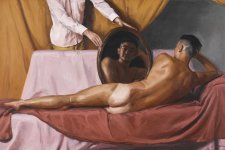
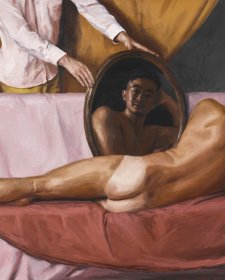
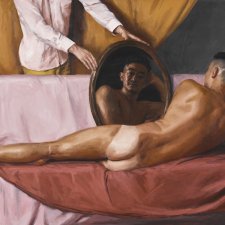
Preserving stories, subverting power and posing nude: Benjamin Law explores the potency and persuasiveness of portraiture.
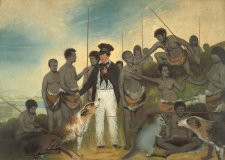
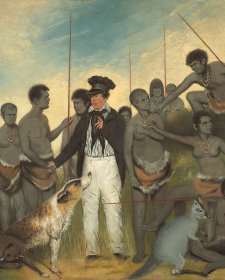
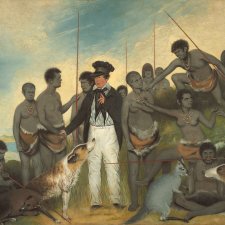
Gareth Knapman explores the politics and opportunism behind the portraits of Tasmania’s Black War.